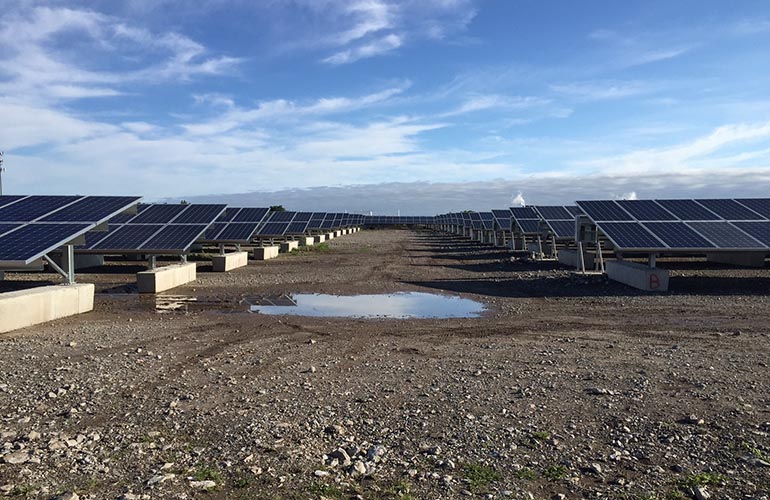Hundreds of landfills are being transformed into greenfields by installing solar panels. Landfills are becoming potential real estate for solar farms. One Non-profit in the US believes that the nation’s solar energy could be increased with solar farms on landfills.

In the US the nation’s solar energy capacity is expected to increase by 63 gigawatts, which is around 60% of building solar farms on landfills. Solar firms all over the country are being built on landfills, however, there are challenges and engineering that need to be solved. It is deeply appealing how the capped landfills and brownfields from their barren state will also be a community service.
One example is Nexamp’s Solar Star Urbana Landfill community solar farm. It roughly occupied 40 acres on a capped landfill. They are building solar farms on landfills that do not accept solid waste. When there is solid waste the lands are blocked from absorbing rain, which helps in the decomposition of the waste on land.
Furthermore, Nexamp features 14,000 solar panels which generate about 5.2 megawatts of clean energy. The energy from these panels is being sent to low and middle-income residents, who also receive some discounts on energy bills once they sign up.
Challenges to overcome
It isn’t easy to install solar panels on landfills, considering that solar need more maintenance in reference to cleaning. As a result, the traditional setup on installing on the ground is out of the question. Also installing advanced solar panels which can rotate as the sun moves is not a feasible option. Companies are looking forward to finding new ways to effectively install them and make use of the barren land.
Annapolis generated power for 2,500 people with 55,000 panels on an 80-acre landfill. Furthermore, another company IKON Environmental Energy is working on building a 70-megawatt solar farm. The project name is Sunnyside Energy Project which will cover 240-acre land with the ability to power 12,000 homes. It is a methane leaking landfill, which will also have other things like electric vehicle charging points, biodigester that turns waste into energy and fertilizer.
Solar energy is considered one of the most tap-able energy resources. While many considered solar to be needing land, and the landfill lands being wasted without any particular use. Both the necessities were met as companies are working on it. Realistically, the landfills with heaps of garbage cannot be used for solar farming. However, this is an option that can be considered and possibly developed in innovative ways.











